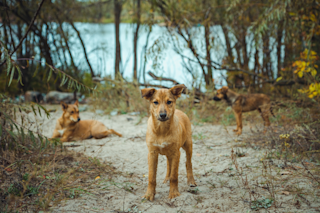The 1986 Chernobyl disaster was the worst nuclear meltdown in history. Today, much of the area around the old plant in Ukraine and in bordering Belarus remains uninhabited, including the city of the same name and Pripyat. But that’s only true if we’re talking about humans.
Many animals still live in the area. In many cases, wildlife populations have thrived due to the lack of human presence for more than 35 years. But does this mean the animals that live in the area have adapted to the unique threats they face from radiation in the area?
Some research suggests that populations in the Chernobyl Exclusion Zone have begun to evolve. Other researchers believe that there isn’t enough rigorous data yet to prove any kind of adaptive effect yet.
“We do the best we can with the resources we have at the time,” says Tim Mousseau, a biologist at South Carolina ...















